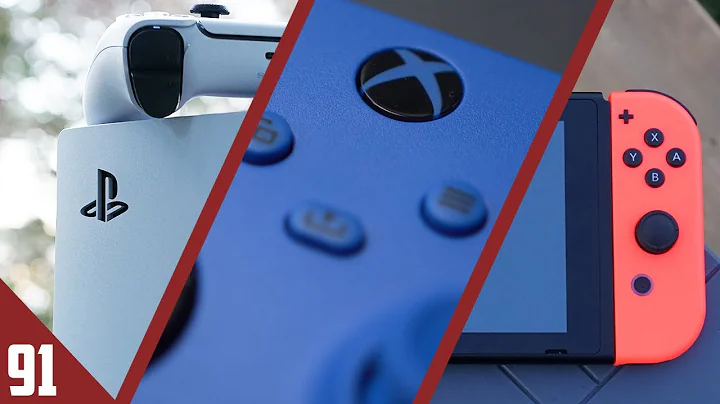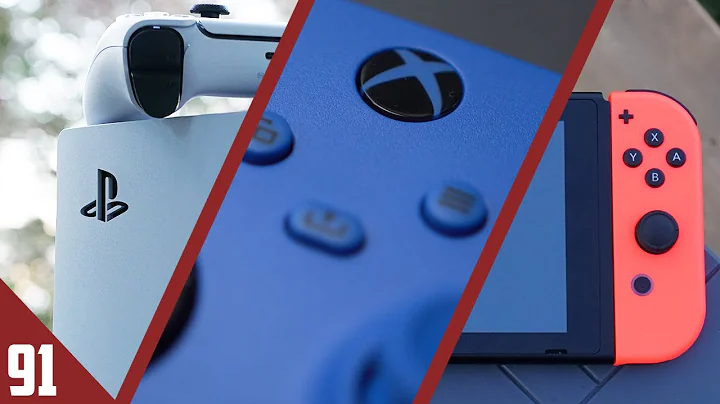The utilization of network switches makes it possible for the various devices connected to a network to communicate with one another and trade data packets. This is made possible by the connectivity provided by the network. Switches can either be physical devices that are used to manage physical networks or virtual devices that are managed by software. Physical switches are used to handle physical networks. Virtual switches are managed by software. The data-link layer of the Open Systems Interconnection (OSI) model is the location where the operations of a network switch are carried out. This layer is also known as Layer 2 of the OSI model. When a network switch in a local area network (LAN) that makes use of Ethernet receives a new message frame, it determines where the frame should be sent by examining the media access control (MAC) address that is attached to the frame. Memory in a switch is organized into tables that correspond each Media Access Control (MAC) address to the port that will be responsible for receiving that address. Switches are devices that are responsible for relaying information between several endpoints and that offer a wide variety of benefits, including the following types of advantages:Switches account for the vast majority of network devices in contemporary data networks.
Additionally, switches are accountable for the transportation of a sizeable portion of the traffic that occurs within the networks of telecommunications providers. They enable communication in both directions (full duplex), connect various parts of the network, improve the performance of the network as a whole, and make effective use of the available bandwidth. Switches are responsible for providing the cable connections to desktop computers, wireless access points (APs), printers, industrial machines, and certain internet of things (IoT) devices, such as card entry systems. They connect not only the physical servers but also the computers in the data centers that host virtual machines (VMs). In addition to this, they are responsible for connecting a significant portion of the storage infrastructure. Power over Ethernet is a method that is used by the vast majority of modern switches, and it is capable of supplying up to one hundred watts of power to support the connectivity of various network devices. This method is used to support the connectivity of various network devices. This makes it possible for businesses to install monitoring equipment in areas where a separate power supply is not required.
-
Examples of this kind of monitoring equipment include outdoor lights, security cameras, voice over IP phones, and various types of sensors
-
This enables businesses to keep an eye on areas that are located a significant distance away
-
A network switch has the ability to collect data from devices connected to the Internet of Things (IoT), which can then be used by artificial intelligence and machine learning algorithms to enhance the functional capabilities of smarter environments
-
Explain the operation of the switch in the network
-
All of the switches are responsible for the transmission of data from one location to another; however, the hardware and software configurations of the switches can vary greatly from one another
-
When deploying a network switch, some possible configurations include the ones listed below:Switches at the network's edge are sometimes referred to as access switches
-
The traffic that is entering or leaving the network is managed by these switches, which are responsible for that management
-
Edge switches, which include computers and access points, make it easier to connect endpoint devices like these to one another
-
Aggregation and distribution are handled by different types of switches
-
These switches are installed within the intermediate layer of a network topology, which may or may not be present depending on the situation
These are the points at which edge switches link to one another, which gives them the ability to either relay traffic from one switch to another or send it onward to core switches. The primary criteria for classification. These network switches are what give the network its structural integrity, so it's important to choose them carefully. Core switches are used to connect aggregation or edge switches, users or device edge networks to data center networks, and enterprise LANs to routers. Core switches can also connect to other core switches. Connecting edge networks to core switches also requires the utilization of core switches. In the event that a data frame is transmitted to a MAC address within the switching domain that the switch infrastructure is not familiar with, the switch will distribute the data frame to all of the ports within the switching domain. The process of flooding also has an effect on the data frames that are utilized for broadcasting and multicasting. This phenomenon is also referred to as unexplained unicast flooding and multicast flooding at times. Broadcast flooding is another name for it. When it comes to the OSI communications paradigm, a switch is given the status of a device of Layer 2 status when it is capable of performing these tasks.

Because many contemporary data centers employ a spine-leaf architecture instead, the aggregation layer is often unnecessary in these facilities. In this particular architecture, the servers and storage are connected to the leaf switches, which are also sometimes called edge switches. Every single leaf switch is connected in some way to a spine switch, which is also sometimes referred to as a core switch. As a direct consequence of this, the length of time it takes for data to move from its point of origin to its final destination will be reduced as a direct result of this. Some data centers use a design for their networks known as a fabric or mesh, which creates the illusion that all of the devices are connected to a single enormous switch. The amount of latency experienced by users is reduced to an all-time low using this method. Applications that are extremely demanding and make use of high-performance computing (HPC) frequently make use of this method.
How many different kinds of switches are there to choose from?
There are many distinct varieties of switches used in the field of networking, including the following:In environments that are able to support virtual machines (VMs), it is possible to instantiate software-only switches that are known as virtual switches. Routing switches are what connect local area networks (LANs). In addition to this, they are responsible for routing at OSI Layer 3, also known as the network layer. This involves directing traffic according to the IP address that is contained within each packet. This is in addition to the switching that takes place at the MAC-based Layer 2 level that they perform. Users are granted the ability to individually configure each port on the switch when using managed switches. Monitoring and configuration changes are both made possible as a result of this feature. Ethernet devices are able to pass data automatically through unmanaged switches thanks to a feature called autonegotiation, which determines settings such as the data rate. The switches are what make this accomplishment feasible. Since the configuration issue was resolved, it is no longer open for further review. However, in comparison to managed switches, smart switches have a greater number of restrictions that must be adhered to in order to function properly.
Smart switches can be programmed to provide additional control over the flow of data. Another name for smart switches is partially managed switches, and both of these names are used interchangeably. Stackable switches are fixed switches that can be joined to one another in order to create a single logical switch that is comprised of two or more physical switches by means of a backplane cable interface. This allows for the creation of a more efficient network. Switches that can be stacked on top of one another are also referred to as interconnectable switches. Modular switches are the name given to switch cards that can be used in chassis-based or modular switches. These switch cards are intended to be installed into a large chassis with a predetermined form factor that has the capability of housing two or more switch cards in total. The chassis may also hold other switch cards. Because the switch interfaces of this kind of switch can be altered as required, it offers the greatest amount of flexibility and upgradeability possible. This benefit is made possible by the fact that the switch can be upgraded.

